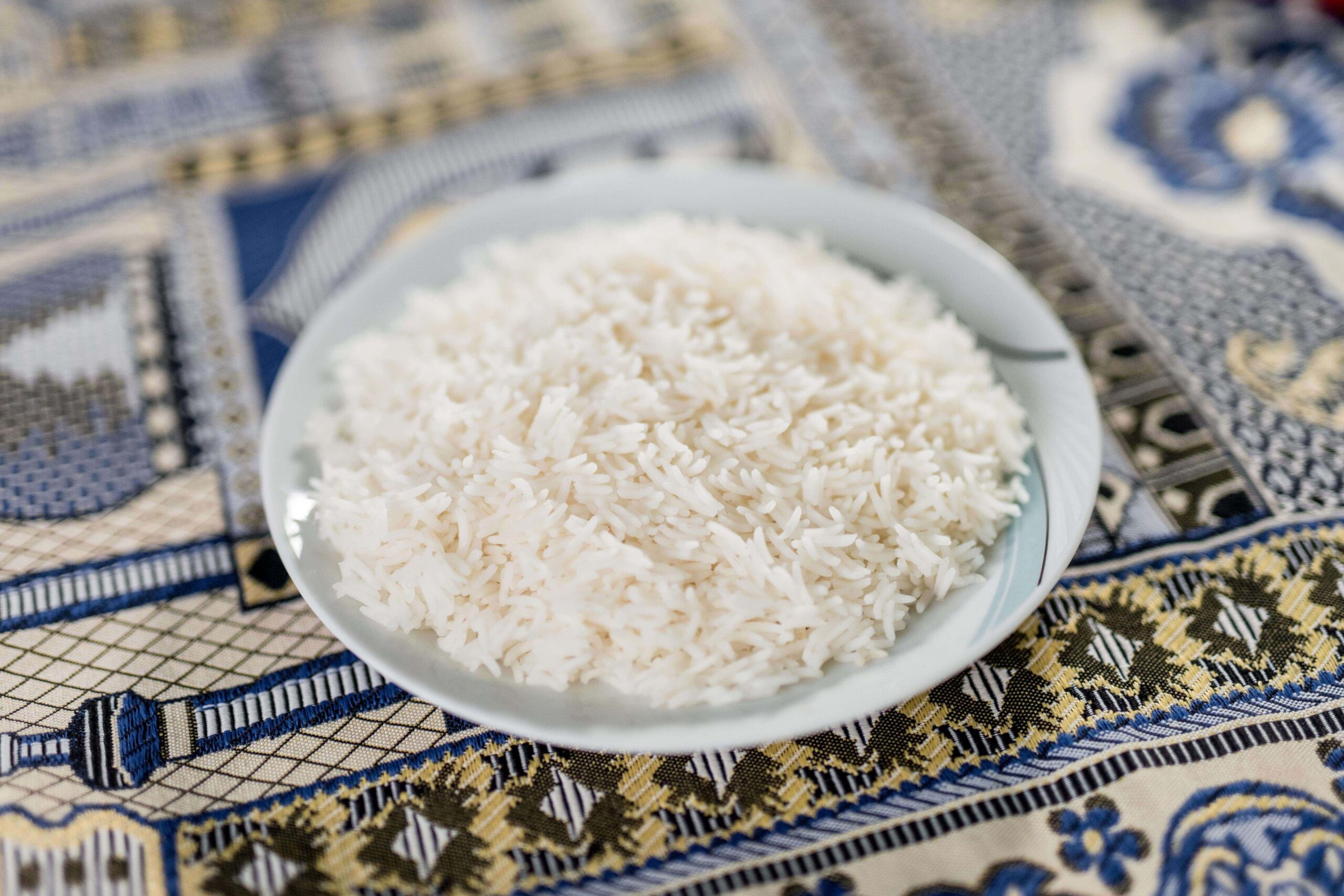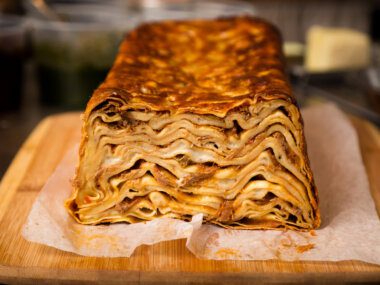When it comes to rice, there’s a world beyond just plain white or brown. We’ve all heard of the infamous sticky rice, often associated with sushi and sweet treats. But do you know what sets it apart from the usual long grain rice that graces our dinner plates? If you’re curious about the rice showdown between glutinous rice and long grain rice, you’re in for a treat (pun intended). Get ready for a deep dive into the fascinating world of these two rice varieties, and discover which one should reign supreme in your kitchen.
What’s So Glutinous About Glutinous Rice?
First things first, let’s get to know our contender, glutinous rice. You might also hear it referred to as “sticky rice” or even “sweet rice.” Despite these catchy nicknames, it doesn’t actually contain any gluten – it’s just that sticky! This type of rice is a staple in Southeast Asia and is responsible for some of the most delectable dishes in the region.
The Stickiness Factor
So, what makes glutinous rice so, well, glutinous? The secret lies in its starch composition. Glutinous rice is like the James Bond of the rice world, with an abundance of amylopectin and barely any amylose. Amylopectin is a highly branched starch molecule, and in glutinous rice, it’s almost 100% of the starch party. This is what gives the rice its super sticky character.
Varieties Galore
Glutinous rice comes in all shapes and sizes – or should I say, short grains and long grains? There’s no one-size-fits-all for this rice superstar. You’ll find glutinous rice in various forms, from short-grain to long-grain varieties. Some even come with a side of fancy black or purple bran. You can have it polished or unpolished, depending on your culinary adventure.
Cooking It Up
Cooking glutinous rice is an art in itself. Before it transforms into that irresistible stickiness, it needs a good soak to soften its tough outer shell. Then, it’s time for steaming or boiling. Be patient, though; glutinous rice takes its sweet time to cook. But the result is worth the wait.
A Sweet Sensation
One thing that truly sets glutinous rice apart is its subtly sweet taste. It’s like nature’s dessert, making it perfect for sweet rice cakes and delightful sushi rolls. This sweet touch adds a unique flavor dimension to your dishes.
The Classic Challenger: Long Grain Rice
Now, let’s meet the classic challenger, long grain rice. It’s what many of us grew up with, the dependable staple that fills our plates on countless occasions. Long grain rice is known for its versatility and ability to adapt to a wide range of culinary creations.
The Long and Short of It
What defines long grain rice is, well, its length. When a rice grain is four times longer than it is wide, it earns its spot in the long grain category. But here’s the twist: not all long grain rice is created equal. While most long grain rice varieties are known for their non-sticky, fluffy texture, some can be surprisingly sticky.
Basmati: The Extra-Long Star
If we had to crown a king of long grain rice, Basmati would be a strong contender. It’s famous for its extra-long grains that give off a fragrant aroma when cooked. Basmati rice is often found in Indian and Middle Eastern cuisines and has a starch composition that ensures each grain remains separate and distinct.
Jasmine Rice: The Fragrant Player
Jasmine rice, another long grain variety, offers a slightly sticky but not overwhelmingly so texture. It’s the go-to choice for many Asian dishes, adding a hint of fragrance to your meals.
The Sticky Surprise
Here’s where it gets interesting. Some long grain rice varieties have a secret sticky side. Thai sticky rice and Japanese sweet rice, for instance, may be long grains, but they can surprise you with their stickiness. It just goes to show that in the rice world, you can’t judge a grain by its length alone.
Starch: The Rice Game Changer
Now that we’ve met our contenders, let’s dive deeper into the science of starch – the real game-changer when it comes to rice texture. Rice grains are loaded with starch granules, and these little molecules hold the key to whether your rice turns out sticky or fluffy.
The Two Starch Players
Starch comes in two forms: amylose and amylopectin. Amylopectin is the wild child with lots of branches, while amylose is the straight-shooter with fewer branches.
Glutinous Rice: The Amylopectin Champion
In the red corner, we have glutinous rice, with its sky-high amylopectin content. When it heats up during cooking, the amylopectin molecules go to town, making the rice stickier than a glue factory explosion. It’s the rice grains’ high amylopectin content that gives glutinous rice its legendary stickiness.
Long Grain Rice: The Amylose Hero
Over in the blue corner, long grain rice typically boasts a lower amylopectin content and a more substantial amylose presence. This dynamic duo ensures that, when cooked, each grain remains an independent entity. No sticky business here; it’s all about fluffy individual grains.
In Conclusion: The Battle of Textures
So, there you have it – the epic showdown between glutinous rice and long grain rice. It all boils down to texture and starch composition. When you want that delightful stickiness for dishes like sushi or sweet rice cakes, go for glutinous rice with its nearly 100% amylopectin content. But when you’re aiming for fluffy, separate grains, long grain rice varieties, whether Basmati, Jasmine, or even the occasional sticky surprise, will be your kitchen allies.
Rice isn’t just a side dish; it’s a canvas for culinary creativity. With the right choice of rice, you can transform your meals into culinary masterpieces. So, the next time you’re in the rice aisle, remember the sticky showdown and choose your rice wisely. Your taste buds will thank you for it!



